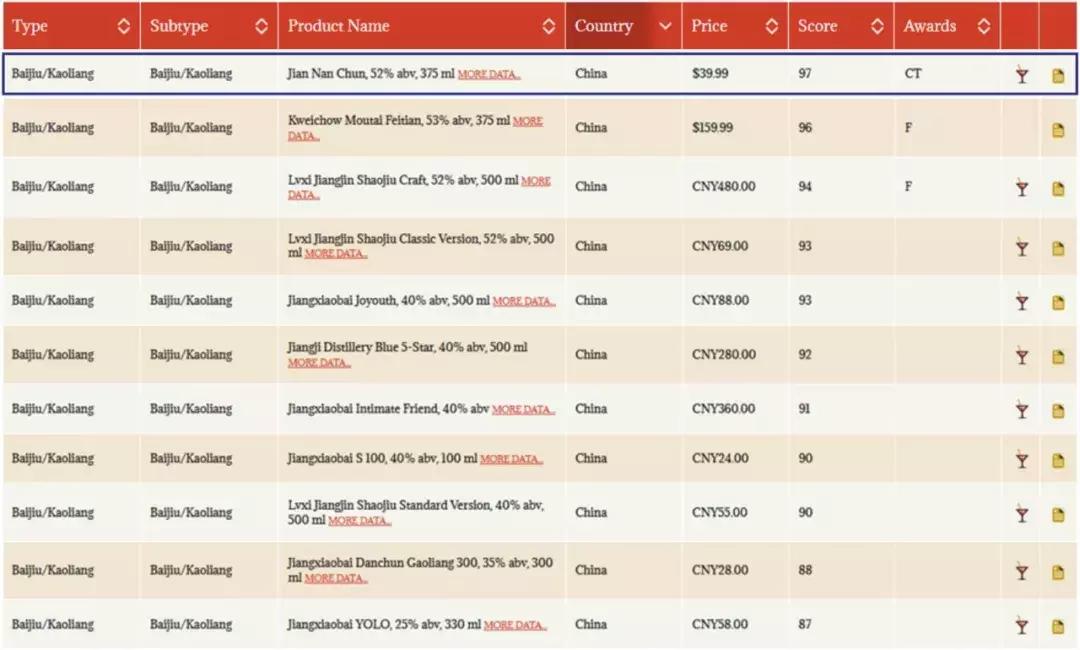"Ultimate Guide to Mastering San Francisco Sourdough Bread Recipes: Tips, Techniques, and Variations"
#### Introduction to San Francisco Sourdough Bread RecipesSan Francisco sourdough bread recipes are renowned for their unique flavor and texture, which are……
#### Introduction to San Francisco Sourdough Bread Recipes
San Francisco sourdough bread recipes are renowned for their unique flavor and texture, which are attributed to the specific wild yeast and bacteria present in the San Francisco Bay area. The rich history and culture surrounding sourdough bread in this region make it a beloved staple among both bakers and bread enthusiasts. In this guide, we will explore various aspects of San Francisco sourdough bread recipes, including essential techniques, tips for success, and exciting variations to try at home.
#### Understanding the Basics of Sourdough
Before diving into specific San Francisco sourdough bread recipes, it’s crucial to understand the fundamentals of sourdough baking. Sourdough relies on a natural fermentation process, where wild yeast and lactic acid bacteria work together to leaven the dough. This process not only creates the characteristic tangy flavor but also contributes to the bread's chewy texture and crusty exterior.
To get started, you'll need a sourdough starter, which is a mixture of flour and water that captures wild yeast from the environment. Creating a starter can take several days, but once established, it can be maintained indefinitely with regular feedings.
#### Key Techniques for Perfect Sourdough

1. **Hydration Levels**: San Francisco sourdough bread recipes often call for high hydration doughs, which typically range from 70% to 80% hydration. This means that for every 100 grams of flour, you will use 70 to 80 grams of water. High hydration doughs result in a more open crumb structure and a crusty exterior.
2. **Autolyse Method**: This technique involves mixing flour and water and allowing it to rest for a period before adding the starter and salt. This step enhances gluten development and improves the overall texture of the bread.
3. **Stretch and Fold**: Instead of traditional kneading, many sourdough recipes employ the stretch-and-fold method. This technique involves stretching the dough and folding it over itself at intervals during the bulk fermentation phase, which helps to build strength and structure.
4. **Scoring**: Before baking, scoring the dough with a sharp blade allows for controlled expansion during baking. This not only creates an attractive pattern on the crust but also helps to prevent the bread from bursting in unintended places.
#### Variations on San Francisco Sourdough Bread Recipes
Once you’ve mastered the basic San Francisco sourdough bread recipe, there are countless variations to experiment with:
- **Whole Wheat Sourdough**: Substitute a portion of all-purpose flour with whole wheat flour for a nuttier flavor and added nutrition.
- **Sourdough Baguettes**: Shape your dough into baguettes for a classic French twist on the traditional San Francisco sourdough.
- **Herb and Cheese Sourdough**: Incorporate fresh herbs and cheese into your dough for a savory variation that pairs perfectly with soups and salads.
- **Fruit and Nut Sourdough**: Add dried fruits and nuts for a sweet and hearty bread that’s great for breakfast or snacking.
#### Conclusion
San Francisco sourdough bread recipes are a delightful way to explore the art of bread baking. With the right techniques and a little practice, you can create delicious loaves that capture the essence of this iconic bread. Whether you stick to the traditional recipe or venture into creative variations, the satisfaction of baking your own sourdough is truly unparalleled. Happy baking!